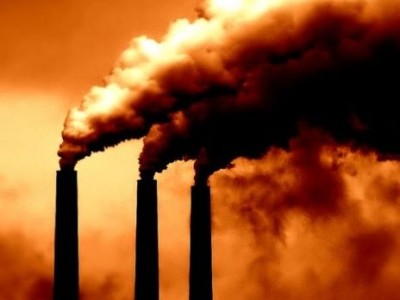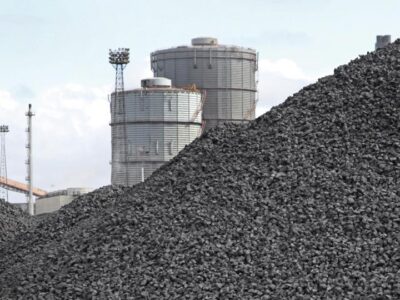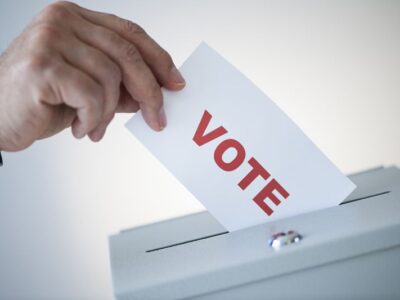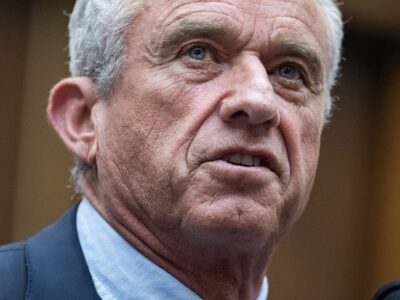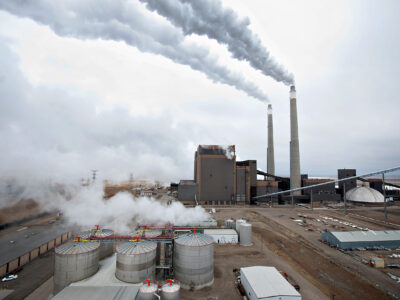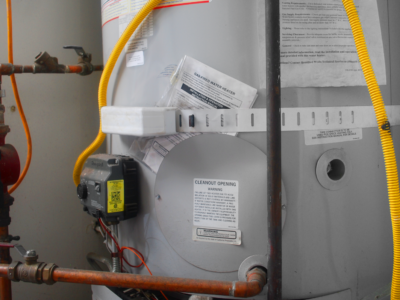natural gas
The Emperor’s New Endangerment Theory (Wrap-Up)
Trump’s EPA says carbon emissions from U.S. power plants are too insignificant to regulate.
U.S. power plants emit 1.5 billion tons of carbon dioxide a year, a little less than the entire country of Russia. The Trump Administration is proposing to end all regulation of carbon emissions by power plants, on the theory that these emissions should be considered insignificant. They have some complicated legal arguments , but the arguments break down the more closely you look at them.
CONTINUE READINGThe Emperor’s New Endangerment Theory (Part II)
To justify a decision not to regulate CO2 from power plants, EPA had to twist statutory language beyond all recognition.
According to EPA, carbon emissions from the U.S. power sector are too insignificant to warrant regulation. This is a bizarre conclusion: U.S. power sector’s emissions are around 6.5 billion tons, just below Russia’s total emissions from all sectors. To reach this conclusion, EPA has proposed a novel reading of the Clean Air Act. In EPA’s view, before it could regulate those emissions, it would first have to make a formal finding that they “cause or significantly contribute” to climate change, and (2) that this has to be judged on the basis of the sector’s percentage of total global carbon emissions. The statute doesn’t say either of those things.
CONTINUE READINGThere are Piles of Coal in America’s Christmas Stocking
Coal is piling up, unused, at powerplants across the country
Bad children, supposedly, will get only lumps of coal in their stockings. That could be taken as a metaphor for the anti-environmental programs coming down the line, but I have in mind something a bit less metaphorical. According to a recent report, coal-fired power plants have immense piles of coal – 138 million tons, equal …
Continue reading “There are Piles of Coal in America’s Christmas Stocking”
CONTINUE READINGClimate, Energy, and Environment on the Ballot
Ballot measures in Washington and California are especially important but others are worth noting.
The two biggest state initiatives are a $10 billion green bond proposal in California and a proposed rollback of Washington State’s new cap-and-trade program. The outcomes of these and other initiatives will provide a barometer of public sentiment on environmental issues.
CONTINUE READINGOil and Gas Sponsorships in Major League Sports
A survey of sponsorships across six major league sports leagues in the U.S. reveals more than 60 deals with high-polluting companies.
If California Attorney General Rob Bonta attends a home game to cheer on his local NBA team—the Sacramento Kings—he may encounter sponsorship ads promoting not one but two of the oil companies he’s suing for allegedly deceiving the public about climate change. Then again, Attorney General Bonta, a former soccer player and self-described soccer dad, …
Continue reading “Oil and Gas Sponsorships in Major League Sports”
CONTINUE READINGFilling in the Picture: The Latest From Kennedy about Climate
Here’s what Kennedy says about his campaign, its effect on the race, and climate change.
Some of RFK Jr.’s views about climate change may be what you expected. Others may surprise you, like his embrace of natural gas as a fuel and his reservations about regulating emissions.
CONTINUE READINGThe Utility Response to EPA’s Climate Rules
The power industry apparently shares some progressive doubts about CCS and hydrogen
There are three big takeaways from the utility industry’s comments on EPA’s proposed new climate rules. First, the industry seems to share progressive concerns about whether we can count on hydrogen and CCS (carbon capture and sequestration). Second, the industry doesn’t invoke the major question doctrine, making it clear that it does not view such …
Continue reading “The Utility Response to EPA’s Climate Rules”
CONTINUE READINGUCLA Law Clinic Files Amicus Brief Seeking Review of Decision in Berkeley Gas Case
The Environmental Law Clinic joins other local, state, and federal governments, as well as NGOs, in urging the Ninth Circuit to take a second look at the case.
Yesterday, the UCLA Environmental Law Clinic filed a brief in the California Restaurant Association v. Berkeley case on behalf of seven law professors: our own William Boyd, Dan Farber and Sharon Jacobs at UC Berkeley, Jim Rossi at Vanderbilt, David Spence at UT Austin, Shelley Welton at UPenn, and Hannah Wiseman at Penn State. (The …
CONTINUE READINGWhat’s Next in the Fight over Berkeley’s Natural Gas Ordinance
In a petition seeking review of the decision, the City of Berkeley says that the opinion from a Ninth Circuit panel takes federal preemption too far.
The City of Berkeley just filed a petition for en banc review in its long-running litigation in defense of an ordinance it passed that restricts natural-gas infrastructure in new construction. This litigation has been watched by many in the climate-policy world because of the popularity of laws like Berkeley’s; it took on new relevance for local-authority …
Continue reading “What’s Next in the Fight over Berkeley’s Natural Gas Ordinance”
CONTINUE READINGCan Sunshine Lower Sky-high Gas Prices?
Gov. Newsom and lawmakers think transparency can lower gas prices at the pump. What about transparency for the price of natural gas?
Calls are growing for more transparency in California’s energy markets. Gov. Gavin Newsom just signed his bill shining a light on gas prices at the pump. But when it comes to the recent surge in natural gas prices that jolted electricity and gas bills this winter, the next step is murkier. Regulators at the California …
Continue reading “Can Sunshine Lower Sky-high Gas Prices?”
CONTINUE READING




